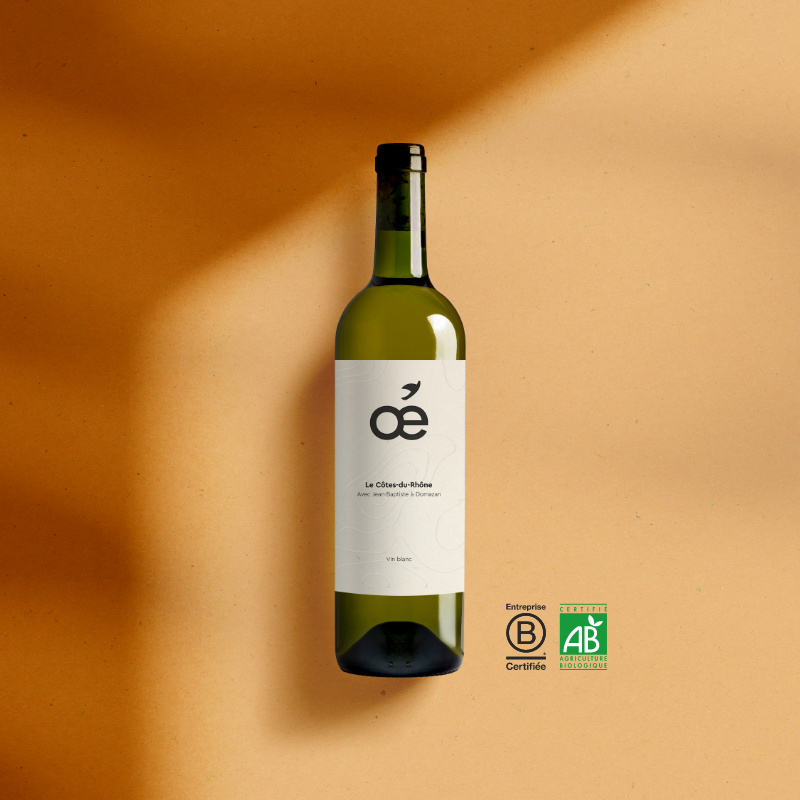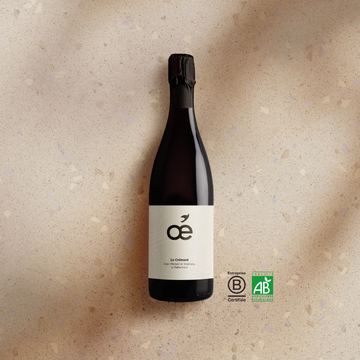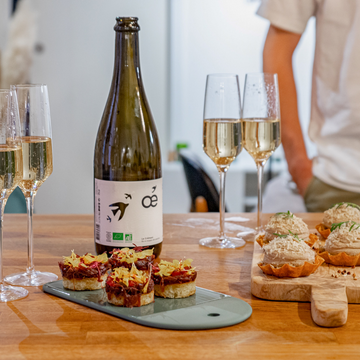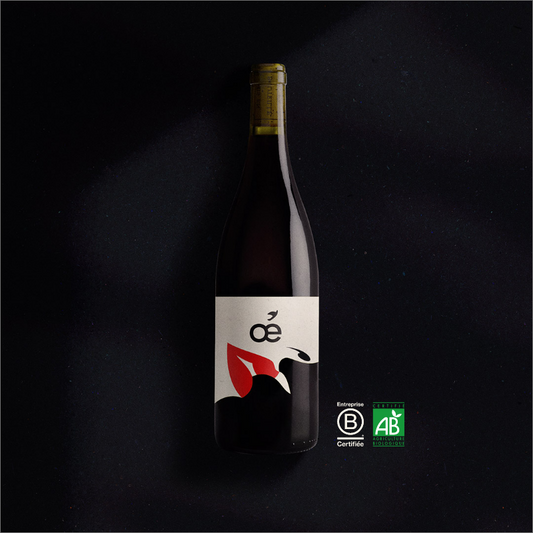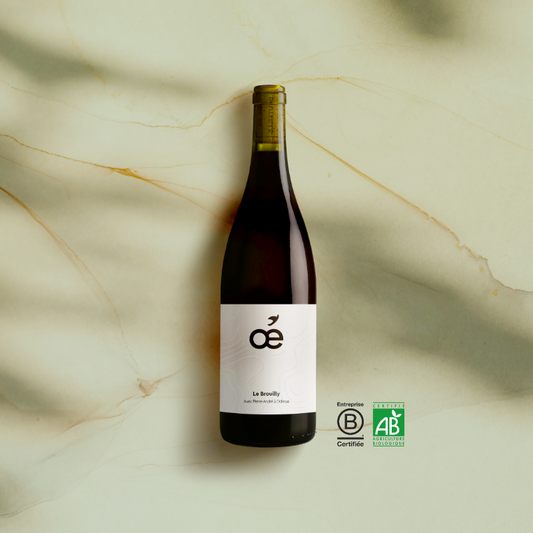We all dream of having a wine fountain where we just have to put our glass down to see it fill as we go before tasting it. Rather than dreaming, let's keep our feet on the ground by taking stock of the different wine packaging methods that can easily be found.
The different containers for wine
At the time of the Gauls, grapes were already a very popular fruit. The wine is unanimous and crosses the country to delight everyone's taste buds. The delivery service is not as developed as today and glass bottles are not yet present. Jars (also called dolium) and amphoras , transported by land or sea, are very popular. The horse is the Ferrari of modern times and it is in great demand for transporting goods. To always have your wine on you and transport it everywhere, the wineskins , gourds made of animal skin, are also popular.

Containers used for wine making
Today things have changed a lot. In the cellars, the winegrowers use stainless steel vats and concrete vats to vinify the wine ( maceration and ageing ). For the aging of the wine , the winegrowers also use barrels or wooden barrels . These are large barrels that have a capacity of more than 200 liters - which we often see in the Asterix & Obelix comic strip for purists . Using wood makes it possible to bring tertiary aromas ( woody , burnt, empyreumatic ) to the wine. To preserve the freshness of the primary and secondary aromas of the grape varieties and the terroir ( floral , vegetal , fruity ), stainless steel and concrete vats are preferred. We have already shared beautiful photos of the cellar of Emmanuel, our winemaker Oé with his beautiful concrete vats, do you remember?

Wine production is one thing, conservation , distribution and transport are another. By taking the wine route, you can taste the wine on site and have the chance to serve yourself directly from the barrel. To drink it at home, several choices are possible such as bottling , bulk sales , cubis or bibs .
The bottle of wine, a must
No need to present the bottle of wine to you ! It is now part of our festive meals and for some of everyday life. . It exists in several forms , in several sizes and even several colors ! And yes !
The best known and most distinct bottle shapes from our wine regions in France:
- If you are from the Bordeaux region , you are probably used to these bottles with straight sides and square shoulders. Do you know what they are called? Quite simply “ la bordelaise ”, simple, effective and easy to remember. Bordeaux wines are well known in France and also internationally.
- In Burgundy , the bottle is more rounded , it does not have the shoulders marked as on the Bordeaux. It is also used in the Rhône Valley for your Châteauneuf-du-Pape , your Côtes-du-Rhône , Condrieu and many other fine appellations... For Burgundy, this bottle shape includes the delicious Chablis , Côtes-de- Beaune , Pouilly-Fuissé …
- You may also have come across flutes, these very thin and elongated bottles which are mainly used in Alsace (it is also found in Germany).
Let's talk little, let's talk about size . It is impossible that you do not know the world reference, the 75cl bottle . To talk a bit of history, the origin of this capacity comes straight from England, or more precisely, from trade between France and England. Gallons , an English unit of measurement, were the reference unit for trade and to match liters and gallons, the solution was to sell barrels of 225 liters equivalent to 50 gallons . These 225 liters represent 300 bottles of 75cl , and that's it!
We have always kept this good old tradition and today we hardly ask ourselves the question. Know in any case that this is not the only possible capacity. For small dinners or large receptions, as a good sommelier , you can uncork bottle sizes suitable for all occasions:
- Pint (0.25 litre)
- The Girl (0.375 liters)
- The Bottle (0.75 liter)
- The Magnum (1.5 liters)
- The Jeroboam (3 liters)
- Rehoboam (4.5 liters)
- Methuselah (6 liters)
- Salmanazar (9 liters)
- The Balthazar (12 liters)
- Nebuchadnezzar (15 liters)
- The Solomon (18 liters)

(Source, The Wine I Love, 2017)
The color of the wine bottle serves both aesthetics and practicality. Of course, we are happy to have a transparent bottle to appreciate the beautiful color of our rosés of the Mediterranean IGP appellation, but the tinted bottles (green or brown) protect the red wine and the white wines from UV rays to keep them longer. .
The thickness of the bottle can also vary depending on the resistance needs. Sparkling wines such as Champagne or Crémant are generally contained in thicker bottles to resist the internal pressure. To tell you the truth, in the team we like to do DIY with our finished wine bottles and we can tell you that it's very nice to play with the different shapes, colors and thicknesses . Also find on our instagram , videos of Charlotte, who shows you how to recover her old bottles to make beautiful candles!
We could compare the bottle to the walls of our house, they protect us from the outside and we feel safe inside. And to cover us from the rain, what do we have? A roof of course. Well the bottle also has its roof, and convertible in addition, the famous cork . It exists in cork , glass, plastic, simple or customized, it's time for creativity. At Oé, we use natural cork from FSC forests in Portugal , we tell you more about it in this article .
The cubi, a quick passage
We could say "fire" cubi because today, it hardly exists anymore. We often use, by default, the word cubi to talk about bibs , but the cubi is actually a hard plastic container . It was made in the 60s and was very handy for moving wine around. Its biggest flaw, conservation. And yes, his tap lets in air which oxidizes the wine. If you want to understand everything about wine storage and why air and wine don't mix, we suggest you read this article .
The bib (-eron for adults)
The bib is the abbreviation of “ bag in box ”, it's true that it sounds a little better than “bag in the box”, even if at Oé we prefer everything that is local and French. The bib is a soft plastic bag usually contained in a cardboard box. The great advantage of this container is its tap which prevents air from entering and therefore allows good conservation. You can have fun taking out the plastic bag and seeing the bag retract when you use a glass , very clever as a system!
This new container works very well, it is used for local wines , cooperative wines , wines from independent producers and also increasingly for AOC appellations . On the other hand, as far as wines for laying down and grands crus are concerned , it does not compete with the bottle , our national favorite with incomparable charm and essential for conservation over several years.
The bulk, you crack
Bulk is both nostalgia for the past and the prospect of the future. Yes, for bulk we didn't invent anything, before the arrival of supermarkets and plastic packaging galore, we knew how to keep it simple and we were content with the essentials. On market stalls, fruits and vegetables, displayed in bulk , are far from imagining that soon they will be surrounded by single-use plastics destined to be thrown away as soon as they are opened. It was in the last century that plastic experienced its golden age and that supermarkets and distributors flocked to this revolutionary new material. We are gradually realizing that plastic is a poison because it is very polluting and responsible for the destruction of biodiversity . The solution is obvious for small traders, let's go back to basics, let's go back to the natural, healthy and naked product , let's go back to bulk !
Today, we come across more and more small shops and grocery stores that are going bulk and we think that's great. No need to empty the trash every night and above all, we have peace of mind knowing that we are not contributing to the mass pollution that is wreaking havoc on the entire planet.
Recently, we have been working in collaboration with Jean Bouteille , a major player in liquid bulk , who now offers our wine in bulk everywhere in France. We are very happy to be able to offer you this mode of consumption in which we believe a lot and which echoes the organic wine that we offer you. The Oé winegrowers are committed to a positive and responsible approach to ensure that the vines are treated in the best conditions and that the wine you drink is healthy.
To learn more about our partnership with Jean Bouteille, read this article
Also discover the philosophy of biodynamics, sustainable and natural viticulture
All to your bottles and let 's toast to the good organic wine in bulk ! ;)
